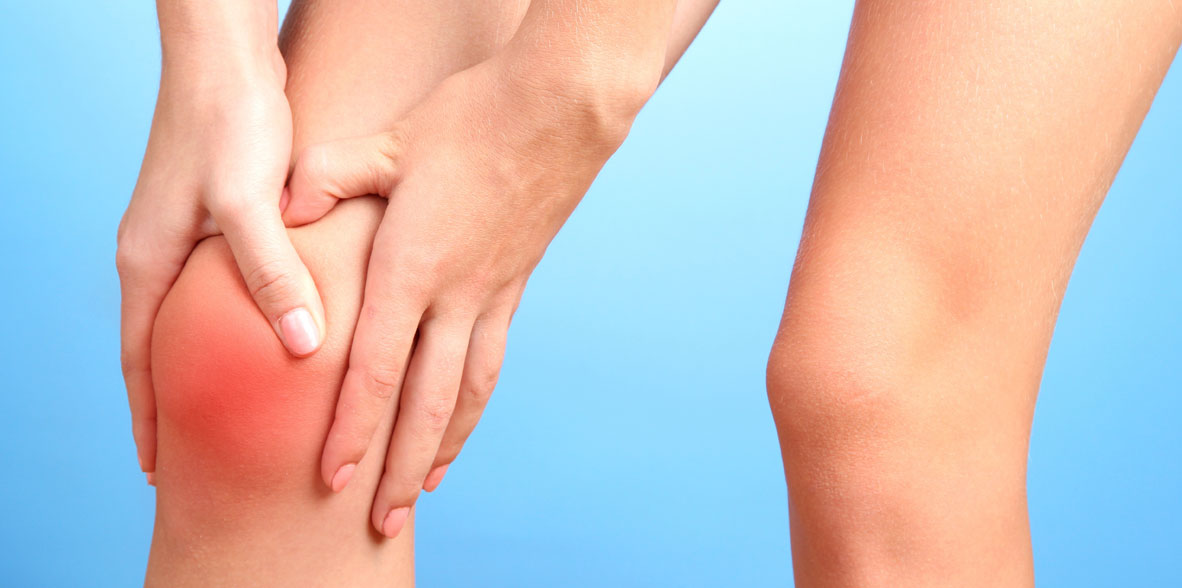
Consultation area

Castro Domínguez FranciscoRheumatology
 Centro Médico Teknonen/health-centers/centro-medico-teknon
Centro Médico Teknonen/health-centers/centro-medico-teknon- Centro Médico Teknonen/health-centers/centro-medico-teknonHospital Universitari General de Catalunyaen/health-centers/hospital-universitari-general-catalunya
 Centro Médico Teknonen/health-centers/centro-medico-teknonHospital Universitari Sagrat Coren/health-centers/hospital-universitari-sagrat-cor
Centro Médico Teknonen/health-centers/centro-medico-teknonHospital Universitari Sagrat Coren/health-centers/hospital-universitari-sagrat-cor
Knee Chondrocalcinosis refers to the presence of calcium pyrophosphate dihydrate (CPPD) crystals in the knee joint and its surrounding tissues. Here are the key highlights regarding its etiology, symptoms, and treatment:
Etiology:
- Age and Aging: Knee chondrocalcinosis is more prevalent in older individuals, primarily due to age-related changes in cartilage, making it more susceptible to crystal deposition.
- Genetic Factors: Genetic predisposition can increase susceptibility, with certain gene mutations promoting crystal formation.
- Osteoarthritis: Osteoarthritis is a common co-existing condition that provides an environment conducive to crystal deposition in the knee joint.
- Joint Trauma: Previous knee injuries or trauma can lead to chondrocalcinosis in the knee, especially in damaged cartilage.
- Metabolic Disorders: Conditions like hyperparathyroidism, hypomagnesemia, and hemochromatosis can disrupt calcium and phosphate metabolism, encouraging crystal formation in the knee joint.
- Medications: Some medications, such as diuretics, may influence calcium and phosphate levels, potentially increasing the risk of crystal formation in the knee.
Symptoms:
- Knee Pain: Knee chondrocalcinosis typically presents with knee pain, which can vary from acute, severe pain resembling pseudogout attacks to chronic, low-grade discomfort.
- Swelling: Swelling of the knee joint, redness, and warmth may occur during acute flare-ups, mirroring pseudogout symptoms.
- Limited Knee Mobility: The presence of CPPD crystals can restrict knee mobility, leading to reduced range of motion and stiffness.
- Joint Deformities: In advanced cases, chondrocalcinosis can result in knee joint deformities, impacting both function and appearance.
Treatment:
- Non-Pharmacological Interventions: Non-pharmacological management strategies for knee chondrocalcinosis include rest, joint protection, the application of ice and elevation during acute episodes, physical therapy to improve joint function, weight management to reduce stress on the knee joint, and dietary modifications like a low-purine diet if gout is also present.
- Pharmacological Interventions: Medications are used to alleviate knee pain and inflammation. This includes nonsteroidal anti-inflammatory drugs (NSAIDs) like ibuprofen and indomethacin for acute attacks, colchicine for pain relief and prevention of future flare-ups, and corticosteroids administered directly into the knee joint for cases unresponsive to other treatments. Disease-modifying antirheumatic drugs (DMARDs) like methotrexate may be considered for managing chronic knee symptoms. Medications like hydroxychloroquine can inhibit CPPD crystal formation. Addressing any underlying metabolic or endocrine disorders contributing to knee chondrocalcinosis is vital for effective management.



































